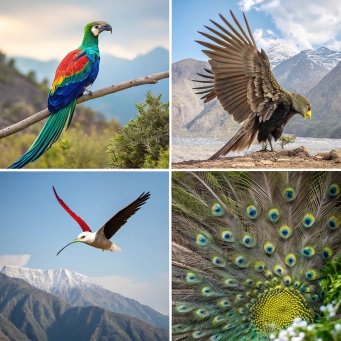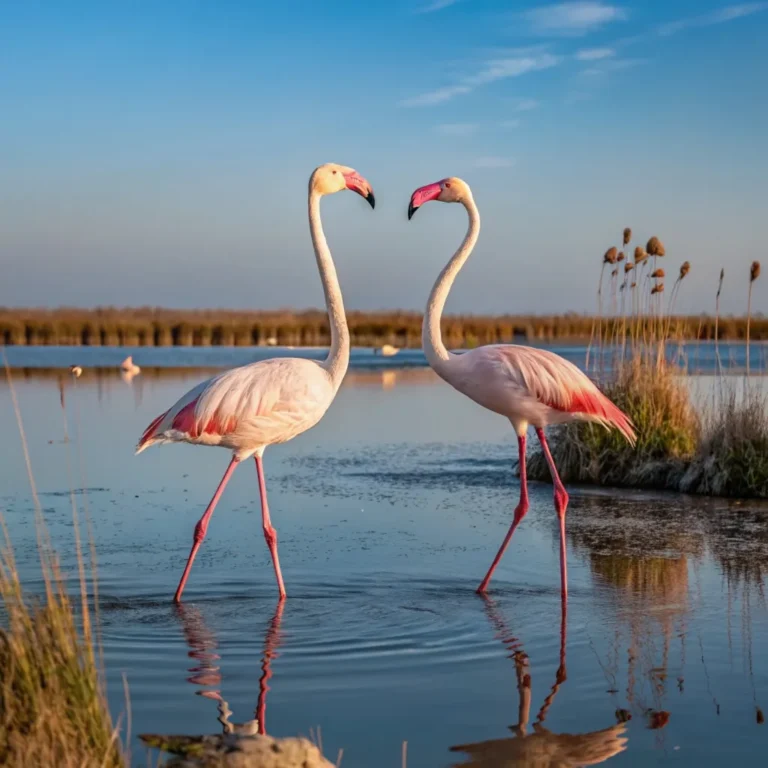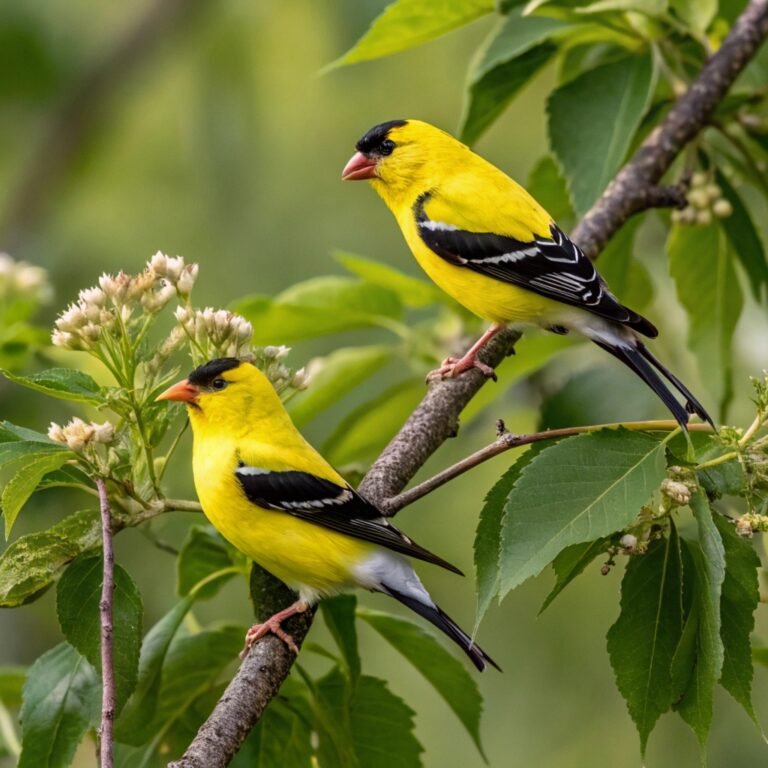11 Types of California Hawks: Identifying and Understanding These Powerful and Majestic Birds of Prey
California’s diverse landscapes provide ideal habitats for a variety of hawk species. From the coastal regions to the inland deserts, these powerful birds of prey play crucial roles in the state’s ecosystems.
This comprehensive guide will explore 11 types of hawks commonly found in California, offering insights into their characteristics, behaviors, and habitats.

Key Takeaways
- California is home to 11 common hawk species, each with unique characteristics and behaviors
- Hawks in California inhabit diverse environments, from coastal areas to inland deserts and forested regions
- Many hawk species in California are year-round residents, while others are migratory
- Identifying hawks involves observing their size, plumage, flight patterns, and vocalizations
- Hawks play crucial roles in California’s ecosystems as top predators, helping to control populations of small mammals and birds
- Some hawk species, like the Red-tailed Hawk, have adapted well to urban environments
- Conservation efforts are essential to protect hawk populations and their habitats in California
- Birdwatchers and nature enthusiasts can observe hawks in various state parks, wildlife refuges, and even urban areas
- Understanding hawk behavior and habitat preferences can enhance your birdwatching experience
- Respecting wildlife and maintaining a safe distance is crucial when observing hawks in their natural habitats
1. Red-tailed Hawk (Buteo jamaicensis)

The Red-tailed Hawk is arguably the most common and widespread hawk species in California. These majestic birds are easily recognizable by their distinctive red tails, which are visible when they soar overhead.
Red-tailed Hawks are adaptable and can be found in various habitats, from open fields to urban areas.
These hawks are large, with a wingspan reaching up to 4.5 feet. They are known for their piercing cry, often used in movies to represent eagles. Red-tailed Hawks primarily feed on small mammals, such as rodents and rabbits, making them valuable for pest control.
Their ability to thrive in diverse environments has contributed to their success across California. Birdwatchers can often spot these hawks perched on telephone poles or soaring in wide circles above open areas.
The Red-tailed Hawk’s adaptability has allowed it to become a common sight in both rural and urban settings, making it an excellent species for beginner birdwatchers to observe and study.
2. Cooper’s Hawk (Accipiter cooperii)
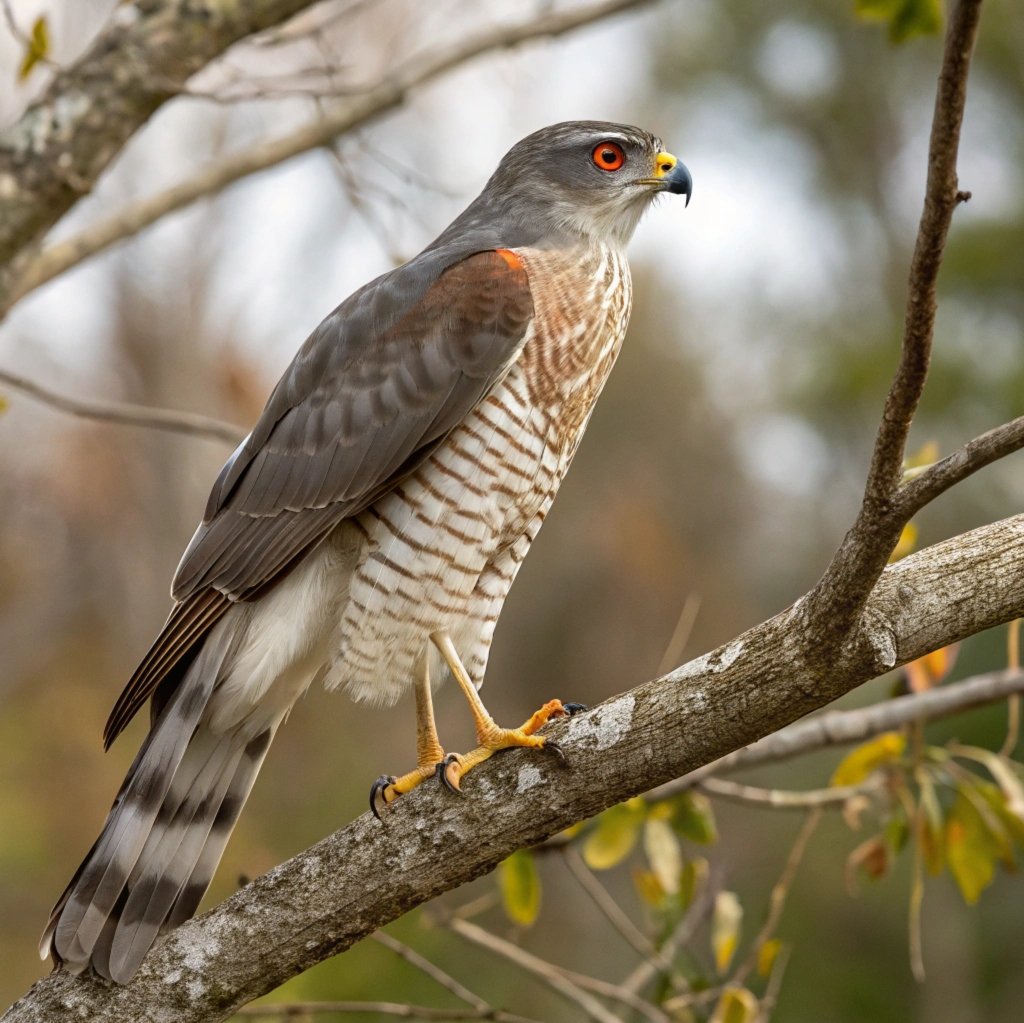
The Cooper’s Hawk is a medium-sized hawk commonly found in California’s woodlands and suburban areas.
These agile predators are known for their impressive hunting skills, particularly when pursuing smaller birds. Cooper’s Hawks have a distinctive appearance with slate-gray upper parts, reddish-barred underparts, and a long, rounded tail.
They are slightly larger than the similar Sharp-shinned Hawk, with females being noticeably larger than males.
These hawks are often seen near bird feeders, where they hunt for unsuspecting songbirds. Cooper’s Hawks build their nests in tall trees and are known for their swift, acrobatic flight through dense foliage.
Their presence in urban and suburban areas has increased in recent years, making them a common sight for many Californians.
This adaptation to human-altered landscapes demonstrates the Cooper’s Hawk’s resilience and ability to thrive in various environments. Birdwatchers should look for their distinctive silhouette and hunting behavior to identify these skilled predators.
3. Sharp-shinned Hawk (Accipiter striatus)

The Sharp-shinned Hawk is the smallest hawk species found in California. These compact raptors are known for their agility and speed, making them formidable hunters of small birds.
Sharp-shinned Hawks have a similar appearance to Cooper’s Hawks but are noticeably smaller, with short, rounded wings and a square-tipped tail.
They inhabit forested areas throughout California and are often seen darting through trees in pursuit of prey.
During migration, Sharp-shinned Hawks can be observed in large numbers at hawk watch sites. These hawks are known for their secretive nature and are less commonly seen than some other hawk species.
Birdwatchers can identify Sharp-shinned Hawks by their small size, rapid wing beats, and their tendency to fly with quick, alternating flaps and glides.
Their agility in flight and ability to maneuver through dense vegetation make them fascinating to observe, particularly during migration seasons when they can be seen in greater numbers.
4. Northern Harrier (Circus hudsonius)

The Northern Harrier is a unique hawk species that is easily recognizable by its distinctive hunting behavior and appearance.
These hawks have a slender build, long tail, and owl-like facial disk. Northern Harriers are often seen gliding low over marshes, grasslands, and agricultural fields in search of prey.
They have a unique flying style, holding their wings in a shallow V-shape as they cruise close to the ground.
Northern Harriers are one of the few hawk species that rely heavily on both sight and hearing to locate prey. Males and females have different plumage, with males being gray and females brown.
These hawks are known for their graceful, buoyant flight and their habit of roosting on the ground in tall grass or reeds.
The Northern Harrier’s hunting technique and habitat preferences make it a fascinating species to observe, particularly in open areas where their low-flying search patterns can be easily seen.
5. Red-shouldered Hawk (Buteo lineatus)

The Red-shouldered Hawk is a striking and vocal raptor commonly found in California’s wooded areas, particularly near water sources.
These medium-sized hawks are easily identifiable by their reddish “shoulders” and strongly banded tail. Red-shouldered Hawks have adapted well to suburban environments and can often be seen perched on tree branches or utility poles.
They are known for their distinctive call, a series of loud, descending whistles. These hawks primarily feed on small mammals, reptiles, and amphibians, making them valuable for maintaining ecological balance.
Red-shouldered Hawks build their nests in the forks of large trees and often reuse the same nest for multiple years.
Their presence in an area is often indicated by their frequent vocalizations, especially during the breeding season.
The Red-shouldered Hawk’s ability to thrive in both natural and suburban environments makes it an important species for studying the impacts of urbanization on raptor populations.
6. Swainson’s Hawk (Buteo swainsoni)
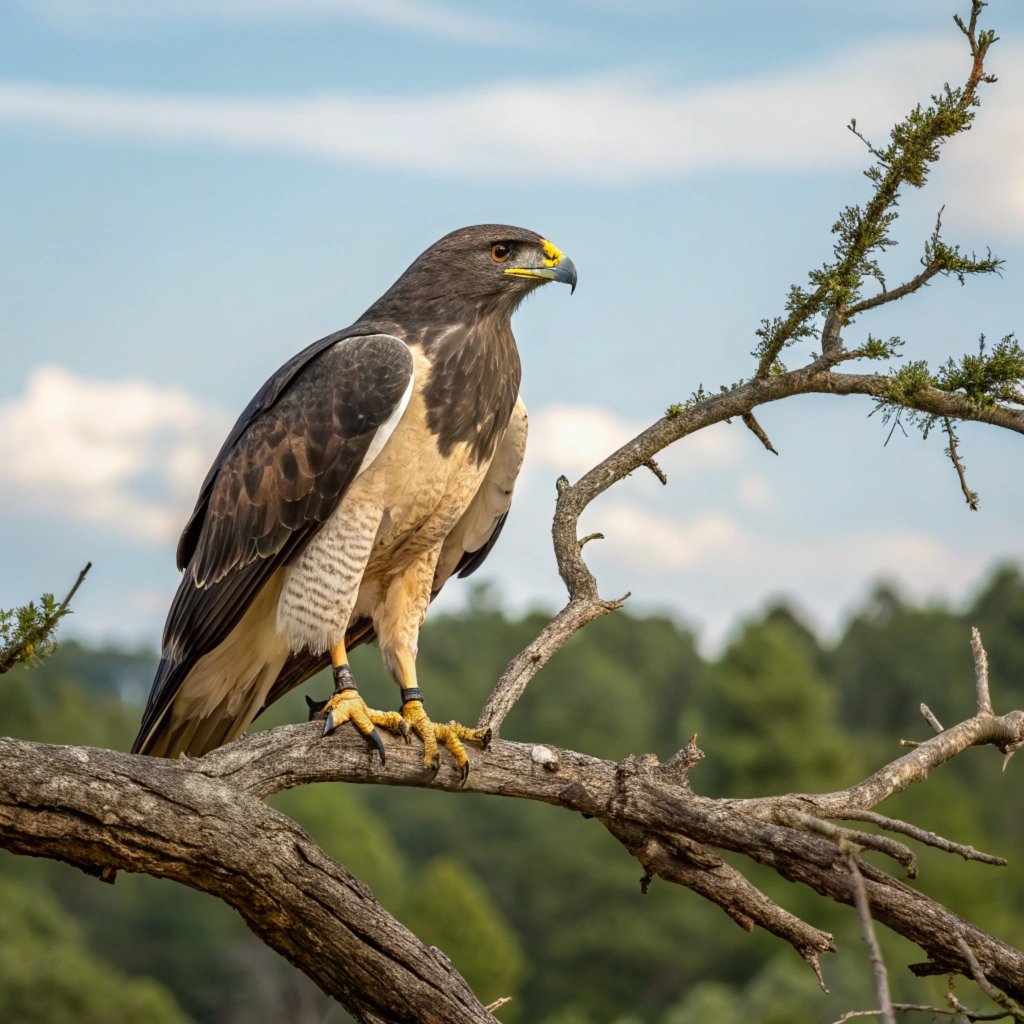
The Swainson’s Hawk is a long-distance migratory species that breeds in California during the summer months.
These hawks are known for their impressive migration, traveling from North America to Argentina each year. Swainson’s Hawks have a distinctive appearance with dark flight feathers, a pale belly, and a dark bib on the chest.
They are often seen in open grasslands, agricultural areas, and prairies. During migration, large flocks of Swainson’s Hawks, known as kettles, can be observed soaring on thermals. These hawks primarily feed on insects, small mammals, and reptiles.
In California, Swainson’s Hawks face challenges due to habitat loss and pesticide use, making conservation efforts crucial for their survival.
Their long-distance migration and reliance on specific habitats make Swainson’s Hawks particularly vulnerable to environmental changes, highlighting the importance of protecting both their breeding and wintering grounds.
7. Ferruginous Hawk (Buteo regalis)
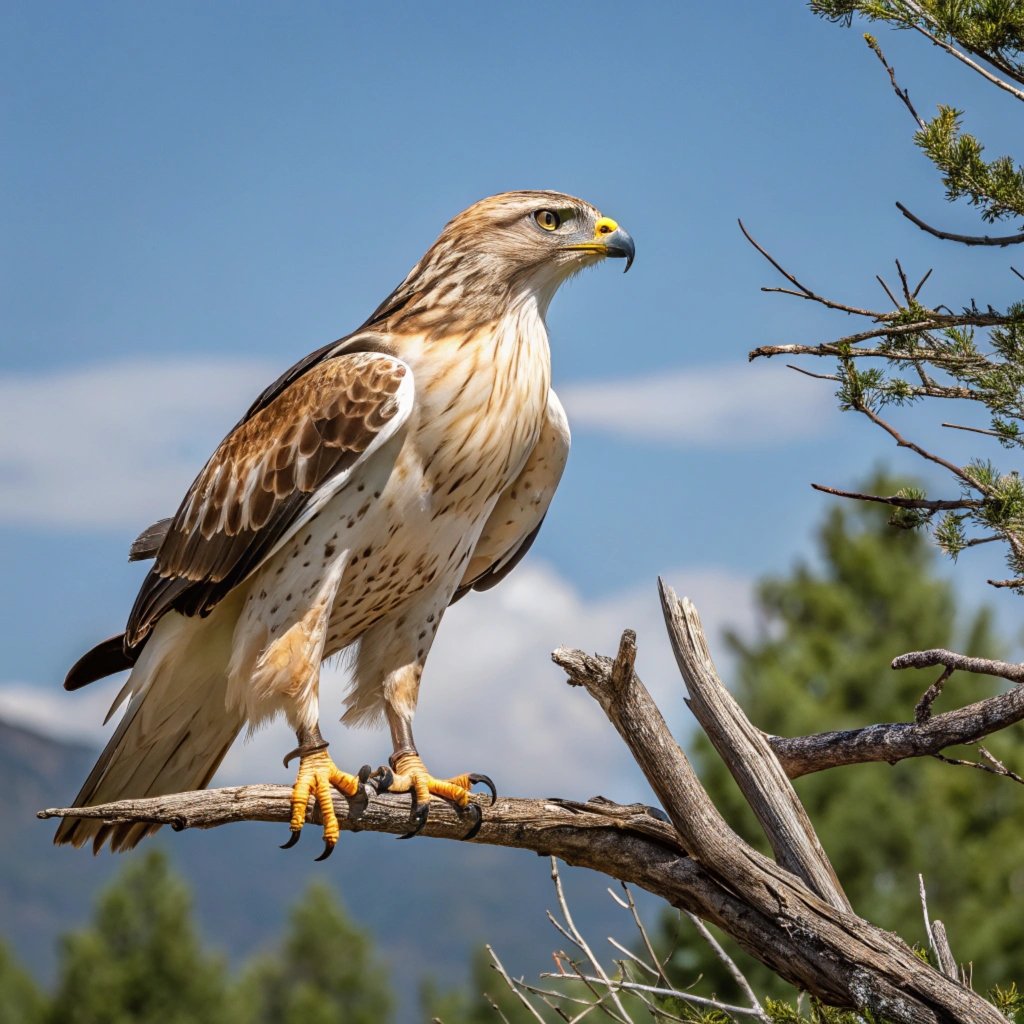
The Ferruginous Hawk is the largest hawk species found in California. These impressive raptors are known for their size and distinctive appearance, with rust-colored legs and back, and a pale head and underparts.
Ferruginous Hawks are primarily found in open country, including grasslands, shrublands, and deserts in the eastern parts of California.
They are known for their habit of hunting from the ground or low perches, unlike many other hawk species that prefer higher vantage points. Ferruginous Hawks feed on a variety of prey, including rabbits, ground squirrels, and other small mammals.
These hawks face conservation challenges due to habitat loss and are considered a species of special concern in California. Their preference for open habitats and large prey items makes them particularly susceptible to changes in land use and prey availability.
Conservation efforts for Ferruginous Hawks often focus on preserving large tracts of undisturbed grassland and desert habitats.
8. Rough-legged Hawk (Buteo lagopus)
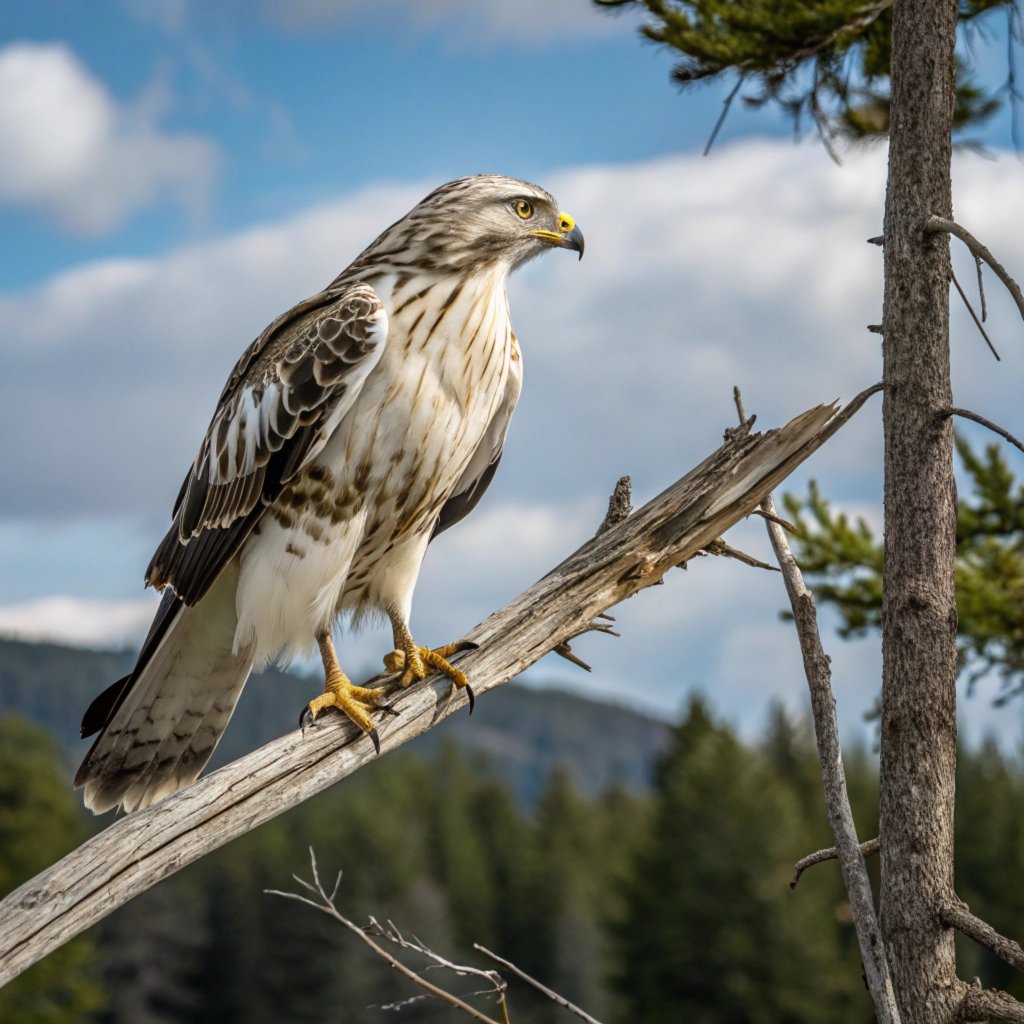
The Rough-legged Hawk is a winter visitor to California, breeding in the Arctic tundra and migrating south for the colder months.
These hawks are easily identifiable by their feathered legs (hence the name “rough-legged”) and distinctive black patches on their wrists when in flight.
Rough-legged Hawks are often seen hovering over open fields or perched on fence posts, scanning for prey. They primarily feed on small mammals, particularly voles and lemmings.
In California, these hawks can be observed in open grasslands, agricultural areas, and near wetlands during the winter months.
Birdwatchers can identify Rough-legged Hawks by their habit of hovering in place while hunting, a behavior not commonly seen in other Buteo species.
Their presence in California during the winter months provides an excellent opportunity for birdwatchers to observe and study a species that spends its breeding season in the far north.
9. Zone-tailed Hawk (Buteo albonotatus)
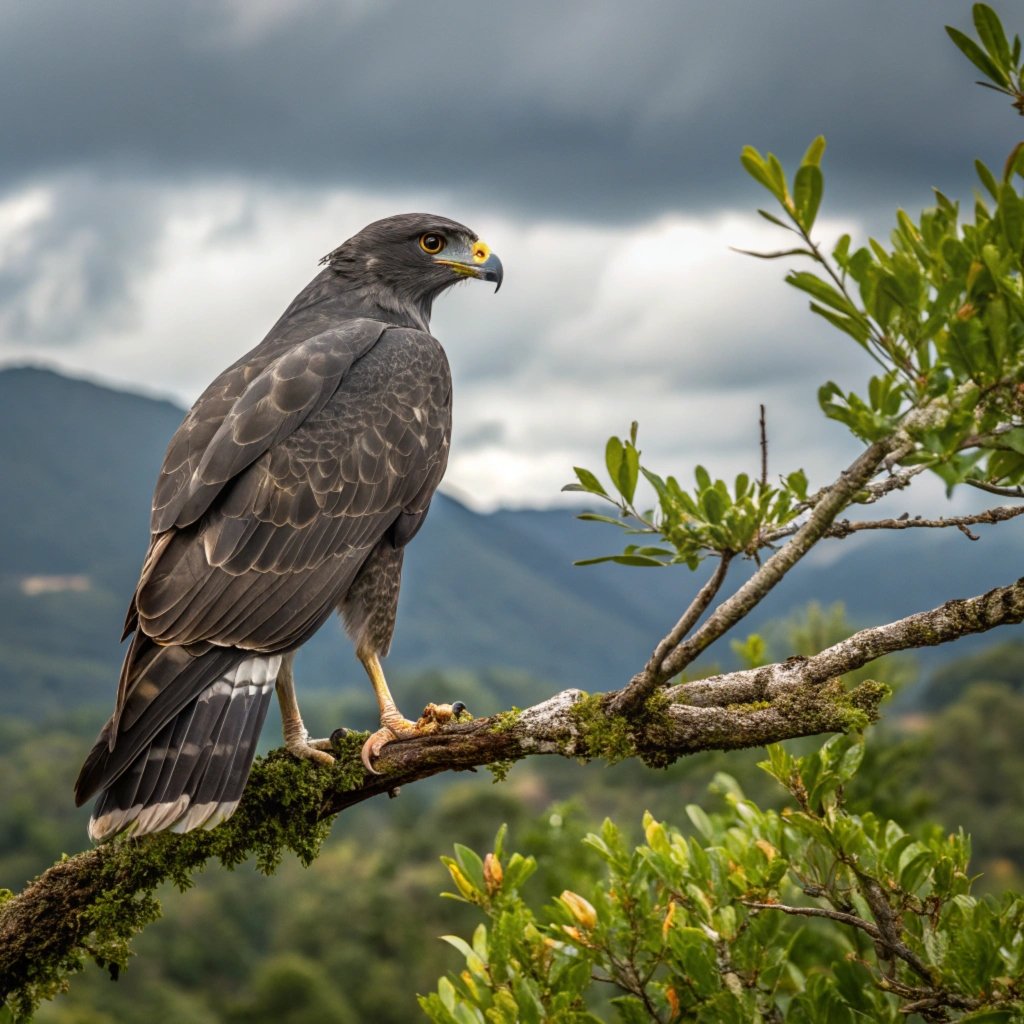
The Zone-tailed Hawk is a rare but fascinating species that can be found in parts of Southern California.
These hawks have a unique appearance, resembling Turkey Vultures in flight, which may help them approach prey undetected. Zone-tailed Hawks have dark plumage with distinctive white bands on their tails.
They are typically found in arid or semi-arid regions with canyons and cliff faces. These hawks are known for their soaring flight and their habit of hunting by surprise, often approaching prey from above.
In California, Zone-tailed Hawks are at the northern edge of their range and are considered uncommon.
Birdwatchers hoping to spot this species should focus on areas near the Mexican border and in desert mountain ranges.
The Zone-tailed Hawk’s unique hunting strategy and limited distribution in California make it a prized sighting for many birdwatchers and raptor enthusiasts.
10. Northern Goshawk (Accipiter gentilis)
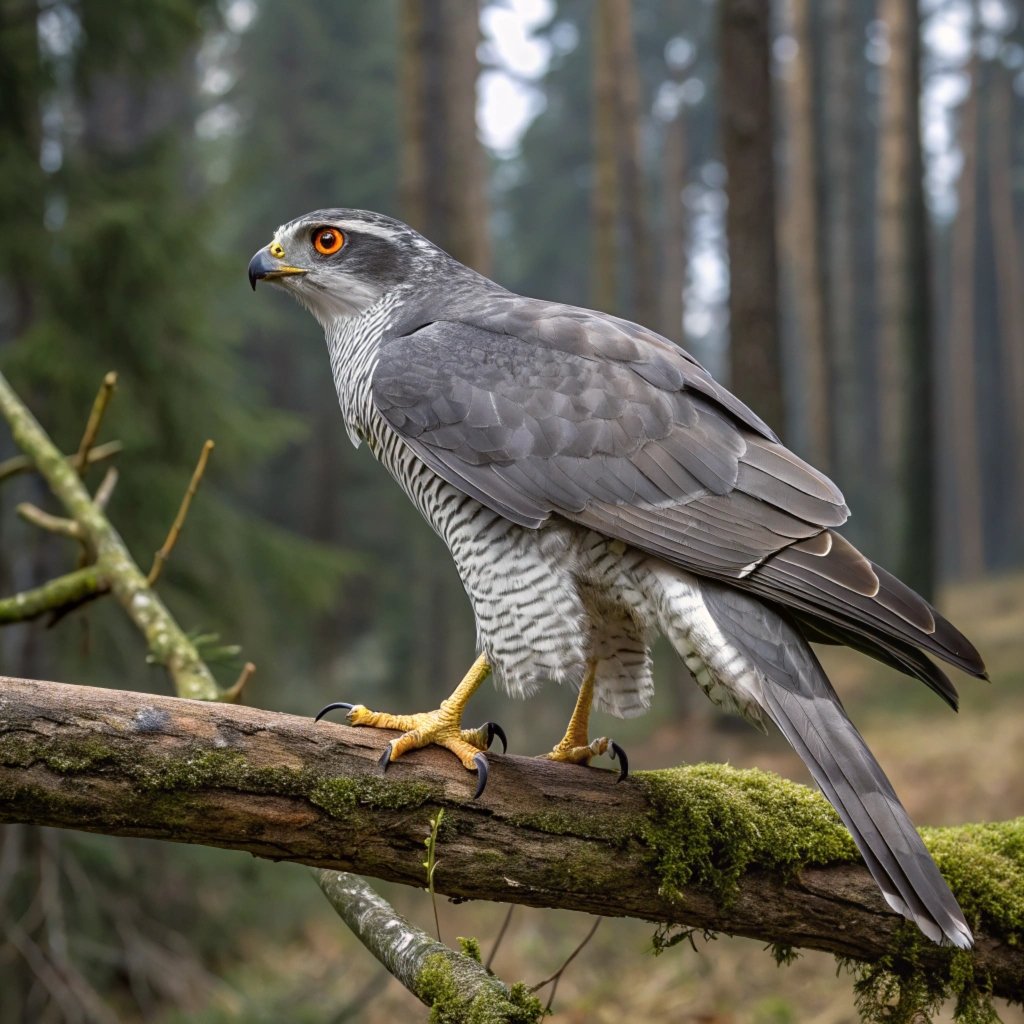
The Northern Goshawk is a powerful and elusive hawk species found in California’s mature forests. These large hawks are known for their impressive hunting skills and fierce protection of their nesting territories.
Northern Goshawks have a distinctive appearance with slate-gray upper parts, finely barred underparts, and a prominent white eyebrow stripe.
They are primarily found in coniferous and mixed forests in the mountainous regions of California. Northern Goshawks are known for their secretive nature and are often challenging to observe.
These hawks play a crucial role in forest ecosystems, preying on medium-sized birds and mammals.
Due to their dependence on mature forest habitats, Northern Goshawks are considered indicators of forest health and are of conservation concern.
Their presence in an area often indicates a healthy, diverse forest ecosystem. Birdwatchers seeking to observe Northern Goshawks should be prepared for a challenging but rewarding experience, as these birds are known for their elusive nature and preference for dense forest habitats.
11. Broad-winged Hawk (Buteo platypterus)
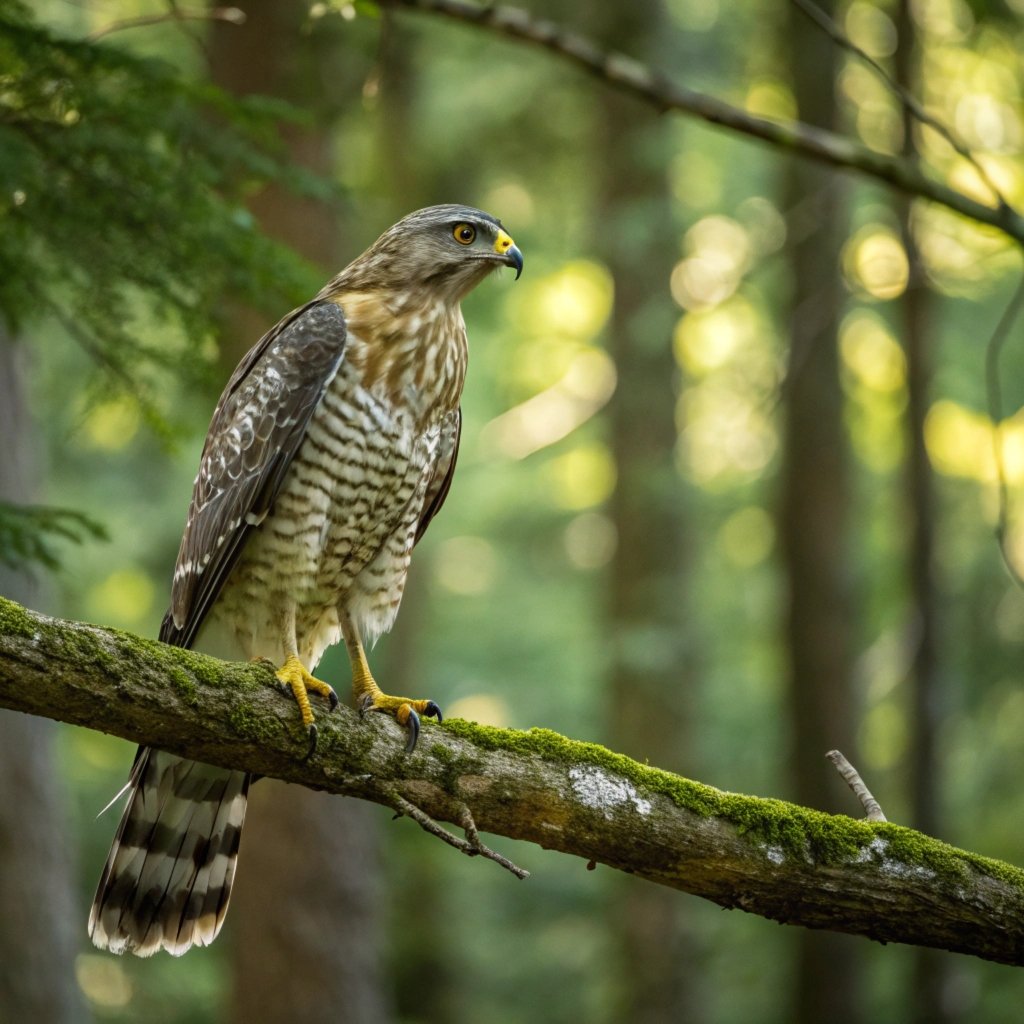
The Broad-winged Hawk is a migratory species that can be observed in California during spring and fall migrations.
These compact hawks are known for their spectacular migratory flights, forming large flocks called kettles that can number in the thousands. Broad-winged Hawks have a distinctive appearance with short, broad wings and a strongly banded tail.
In California, they are most commonly seen during migration, particularly along ridgelines and coastal areas. These hawks primarily feed on small mammals, amphibians, and insects.
During migration, Broad-winged Hawks rely on thermals to conserve energy, creating an impressive spectacle as they soar in large numbers.
While not common breeders in California, occasional nesting pairs have been reported in the state’s northern forests.
The Broad-winged Hawk’s migration is one of the most impressive natural phenomena in the world of raptors, with thousands of birds moving together in a relatively short period. This makes their migration a popular event for birdwatchers and nature enthusiasts.
FAQs
What is the most common hawk in California?
The Red-tailed Hawk is generally considered the most common hawk species in California. It can be found in various habitats throughout the state and is easily recognizable by its distinctive red tail.
How can I identify different hawk species in California?
Identifying hawks involves observing their size, plumage, flight patterns, and vocalizations. Key features to look for include tail shape and color, wing shape, and overall body size. Using a field guide or birding app can be helpful for identification.
Are all hawk species in California year-round residents?
No, not all hawk species are year-round residents in California. Some, like the Swainson’s Hawk and Broad-winged Hawk, are migratory and only present during certain seasons. Others, like the Red-tailed Hawk and Cooper’s Hawk, are typically year-round residents.
Where are the best places to observe hawks in California?
Hawks can be observed in various locations throughout California, including state parks, wildlife refuges, and open spaces. Some popular hawk-watching spots include Point Reyes National Seashore, Hawk Hill in the Marin Headlands, and the Altamont Pass area.
Are hawks protected in California?
Yes, hawks are protected under both federal and state laws in California. The Migratory Bird Treaty Act provides protection for all native hawk species, making it illegal to harm, capture, or possess these birds without proper permits.
What do hawks in California typically eat?
California hawks have diverse diets depending on the species. Most commonly, they feed on small mammals (such as rodents and rabbits), birds, reptiles, amphibians, and insects. Some species, like the Osprey, specialize in catching fish.
How can I attract hawks to my backyard?
While it’s not recommended to directly feed hawks, you can create a hawk-friendly environment by maintaining natural areas, providing water sources, and avoiding the use of pesticides. Remember that attracting hawks may also impact other wildlife in your yard.
Are hawk populations in California stable?
Hawk populations vary by species. While some, like the Red-tailed Hawk, have stable or increasing populations, others face challenges due to habitat loss and environmental factors. Conservation efforts are ongoing to protect vulnerable hawk species in California.
Can hawks be dangerous to humans or pets?
Hawks generally do not pose a significant threat to humans. However, they may occasionally see small pets as potential prey. It’s important to supervise small pets in outdoor areas where hawks are present.
How can I contribute to hawk conservation in California?
You can contribute to hawk conservation by supporting local wildlife organizations, participating in citizen science projects like hawk watches, and advocating for the protection of natural habitats. Additionally, using bird-friendly practices in your own outdoor spaces can help support hawk populations.

Hello, I’m Emily Price, the founder of Birds Affection. As a passionate bird enthusiast and spiritual seeker, I’ve always been fascinated by the symbolic meanings and mystical connections between birds and our lives. On this website, I share my knowledge and insights on the spiritual significance of various bird species, exploring their roles as messengers, guides, and teachers. Through my writing, I aim to inspire and educate others on the profound wisdom and beauty that birds bring to our world. Join me on this journey as we delve into the enchanting realm of bird symbolism and discover the hidden meanings behind these magnificent creatures.



